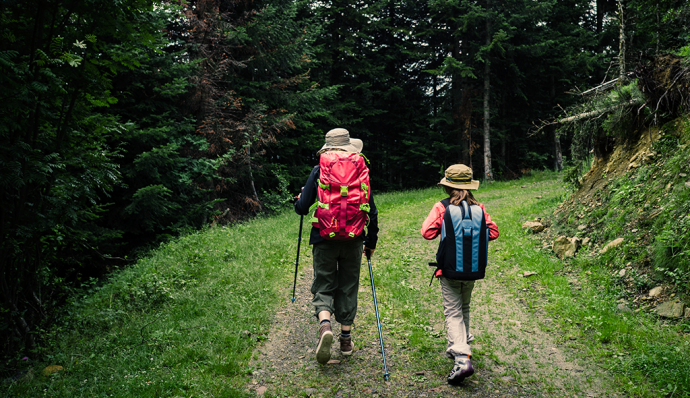
Advertisement
Before SHTF, you have to set up various preps, like your survival garden or a stockpile of emergency food and supplies. Amid all these preparations, you shouldn’t forget another crucial aspect of your survival: Your physical fitness.
As a prepper, your most important tools are actually your wits and physical well-being. You’ll need these two things when SHTF so you can make important decisions without wasting time and do tasks that may require physical exertion.
Here are some tips that you can follow to devise an exercise routine that will help you prepare for a disaster scenario. (h/t to DoomsdayMoose.com)
Improve your cardio
You need to maintain your cardiovascular health if you want to survive when SHTF. Doing so helps protect you from common health issues and improves your stamina.
Whether you’re a couch potato or a relatively healthy adult, everyone can benefit from aerobic exercise.
Here are some beginner, intermediate and advanced aerobic exercises that you can try:
High knees
This exercise for beginners requires you to run in place. Try it if you can only work out in a small area at home.
- Stand with your legs together, then keep your arms at your sides.
- Start jogging in place with your knees lifted toward your chest.
- As you continue to alternate knees, pump your arms up and down.
Squat jumps
The regular squat is an intermediate level bodyweight move. It targets the lower body and adding a jump to this exercise can make you sweat even more.
- Keep your feet shoulder-width apart, then bend your knees and lower into a squat.
- Swing your arms back, quickly swing your arms upward, then jump.
- Gently land back in a squat. Repeat.
Mountain climbers
The mountain climber is an advanced and vigorous full-body exercise. Beginners trying this move for the first time should start slow then eventually pick up the pace.
- Start in a plank position. Keep your hands aligned with your shoulders and your body straight, then flatten your back and brace your core.
- Lift your right knee toward your chest.
- Quickly switch and move your right knee out as you lift your left knee in.
- Continue alternating legs.
Improve your ranges of movement
As you start being more active, consider how you’re going to deal with possible obstacles in a disaster scenario. For example, can you quickly move through an urban environment if you have to bug out?
To improve your ranges of movement, try certain kinds of exercises. Climbing exercises are best for improving your vertical range of movement.
To deal with issues concerning horizontal movement, join obstacle-course lessons or try free-running. These exercises can help you escape quickly when SHTF and you’re in a densely packed area. (Related: Health and prepping: Why your physical fitness is an important aspect of your survival plan.)
Practice shooting skills on moving targets
During a long-term survival scenario, you need to know how to hunt for food to supplement your supplies. Practice hunting skills by working with moving targets.
Buy a steel target plate and attach it to a remote-controlled car or a drone and start practicing your shooting skills. Your prey won’t stand still while you’re hunting and having moving targets will help you get used to the movement patterns of small game.
Prepare for a survival scenario by staying in shape with these different exercises. Improve your stamina so you can cover long distances and improve your shooting skills so you can provide for your family when SHTF.
Sources include:
Advertisement
Advertisements
















